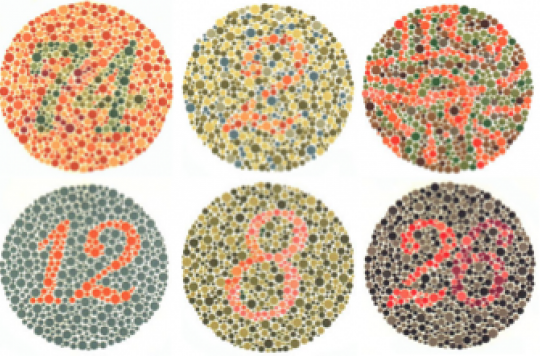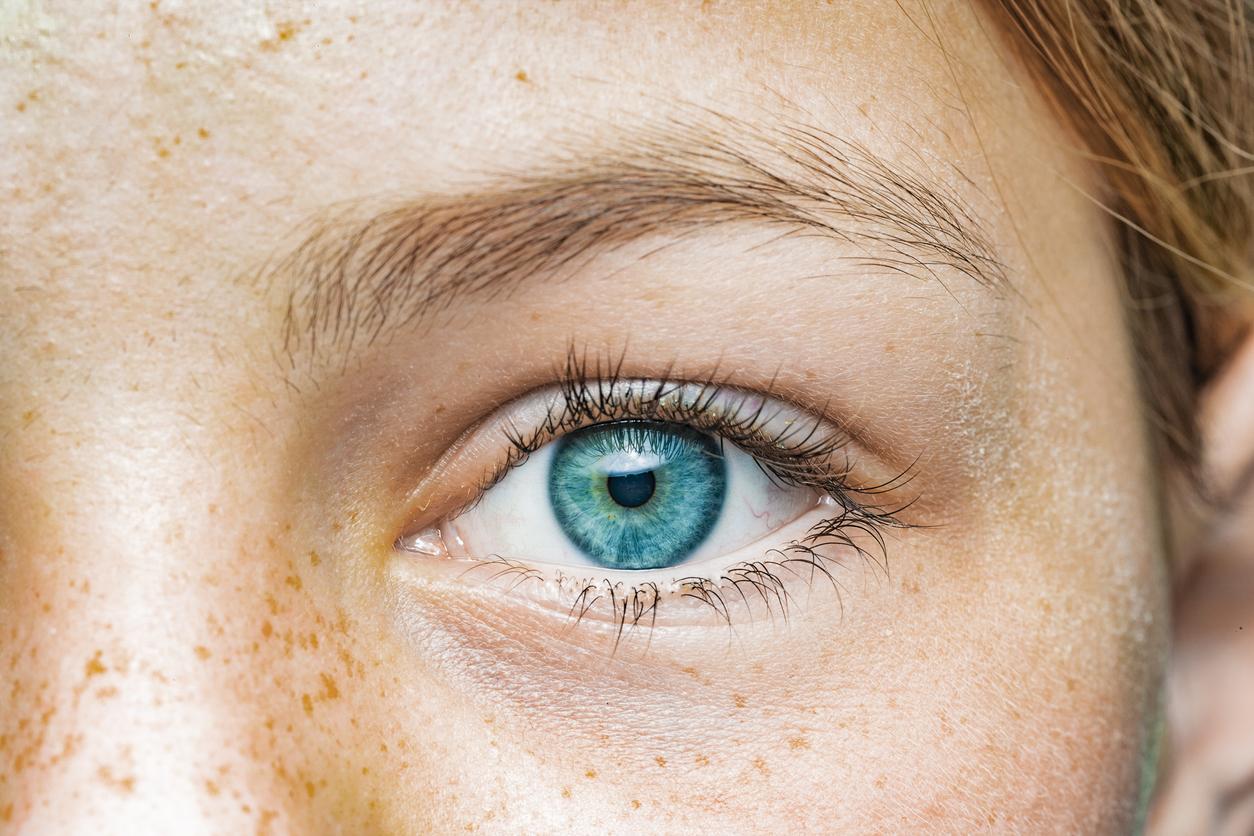Skin color matters when it comes to color blindness: white boys are more affected than African Americans. There is also a big gap between girls and boys.

Color blindness, an unequal anomaly. According to a study published on April 3 in the journal Ophthalmology, this form of dischromatopsia (disorder in color vision) does not affect all ethnic groups to the same extent. This is the result of a study of over 4,000 Americans aged 3 to 6, from a multiethnic group.
A gap between girls and boys
One in 20 Caucasian boys (white skin) is affected by color blindness, according to the study results. African-American children are the least affected, with a rate of color blind children of 1.4%. About 3% of Asian and Hispanic boys are affected.
Strangely, there are far fewer cases of color blindness in females. Among the little girls who had a test, 0 to 0.5% were affected by this vision disorder. Data so low that the researchers could not draw a meaningful comparison between the different ethnicities.
Color blindness is characterized by an inability to perceive colors correctly. Most often, this disorder is genetic, and the cones that line the retina and are responsible for color perception are impaired. In these cases, the color blind eye does not distinguish well between red and green. Visual tests, such as the Ishihara test (pictured), can detect this disorder.
A test from 4 years old
Color blindness must be detected very early, insist the researchers, because it affects the education of a child. Some exercises are color coded, which children with color blindness cannot understand. They therefore have poor results, but their intelligence of the tests is not to be questioned. “It’s not that the child is not smart enough or smart enough, it’s that he sees the world in a slightly different way,” summarizes Dr. Rohit Varma, senior researcher. The learning tools must therefore be adapted to this visual impairment, by relying on other codes. An effort of adaptation necessary, because it avoids categorizing a child too quickly because of his poor school results.
“You have to start quickly,” says Dr Varma. “To say that a child is not smart enough is very stigmatizing for him, and it creates tremendous anxiety for his parents and his family. »Vision tests cannot be done too early, but they can be offered as early as 4 years old. They are then suitable for children. Instead of presenting numbers and paths, the tests are illustrated with simple shapes or tokens.
.















